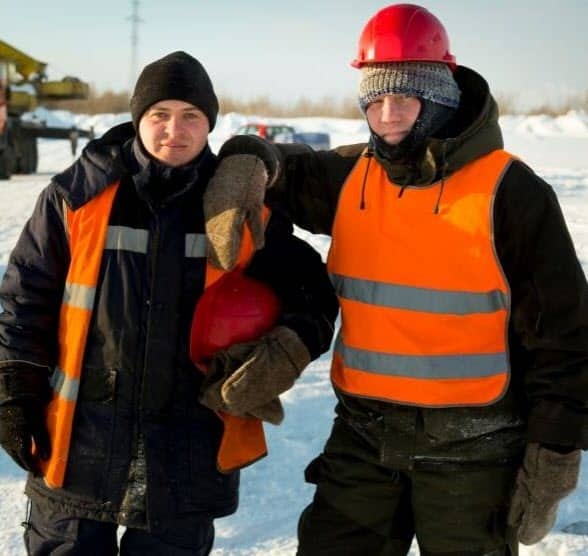Listen to this audio clip from the CDC to learn about different cold-induced illnesses and injuries. Below, you’ll find additional information regarding the risks of cold stress and find products to reduce the chance of illness and injuries related to the cold.
Anyone required to work in cold conditions – contractors, construction workers, sanitation workers, emergency response personnel, to name a few – is susceptible to cold stress. This occurs when environmental conditions – including temperature, humidity and wind – cause the body to lose heat at a faster rate than it can produce it.
Cold stress is often associated with outdoor environments, but it can happen indoors as well for those working in areas that are purposely kept cold, are poorly insulated, are not heated or that are particularly wet or damp. Cold stress causes your body to work harder to maintain its core temperature. This results not just in discomfort and reduced productivity, it may also cause serious health issues, permanent injuries and even death.
Types Of Injuries and Illness Related to Cold Stress
The four major types of illness or injuries that result from cold stress are hypothermia, frostbite, trench foot and chilblains. While the first two are well-known, the latter two are less familiar. Hypothermia typically occurs at very low temperatures when body heat is lost at a rate faster than it can be replaced, resulting in an overall body temperature of less than 95˚F. Frostbite is the freezing of the skin and subsequent tissues. Trench foot occurs when feet are subjected to prolonged wetness plus cold temperatures, causing the body to constrict blood vessels and shut down circulation in the feet. Finally, chilblains are painful inflammations in the skin caused by repeated exposure to cold (but not freezing) temperatures.
What Factors Contribute to Cold-Related Injuries and Illnesses
A low temperature isn’t the only factor that can lead to cold stress. An employee’s overall health may put them at greater risk, especially if they have high blood pressure, diabetes or fatigue. Also, if working conditions are damp or wet, they are more likely to increase the chances of cold stress illnesses and injuries. In addition, wind chill can be a big factor for outdoor working conditions. When high winds combine with cold air temps, the effects felt on the skin are much more pronounced than if the air movement was low.
Essentials For Preventing Cold Stress
It’s important for employers to have a solid plan in place to deal with cold work environments. Training employees on using safe work practices, making sure employees are equipped to identify cold stress illness and injuries, ensuring employees are dressed appropriately and take breaks from the cold are all important steps in preventing harm to workers. Agilix Solutions offers a variety of products that employers can utilize to help keep workers warm and injury-free.
Foot Protection
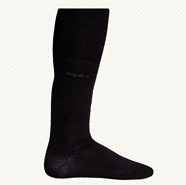
Hand Protection
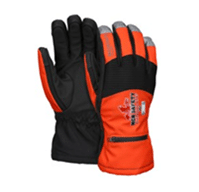
Protective Clothing
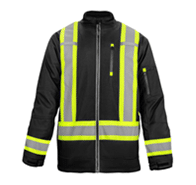
Heaters
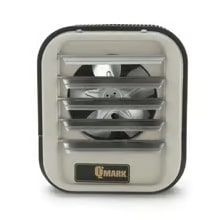
Your Partner in Cold Stress Prevention
Cold weather conditions can be a threat to workers, their safety and their productivity. Agilix Solutions can help you keep warm and manage cold stress with the products mentioned in this article – along with many more. To find out more, contact your Agilix Solutions account manager today or call your local Agilix Solutions branch.
Sources:
https://tools.cdc.gov/medialibrary/index.aspx#/media/id/303540
https://www.osha.gov/emergency-preparedness/guides/cold-stress
https://blogs.cdc.gov/niosh-science-blog/2021/02/24/cold_ppe/

